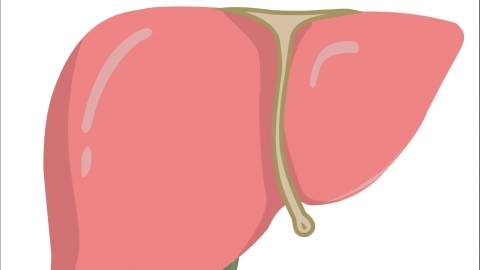What does "small three positives" of hepatitis B mean?
Generally, "small three positives" of hepatitis B refers to a condition where, during the five-item hepatitis B test, the hepatitis B surface antigen, hepatitis B e antibody, and hepatitis B core antibody all show positive results simultaneously. Detailed analysis is as follows:

"Small three positives" of hepatitis B indicates that after a person is infected with the hepatitis B virus, serum tests show positive results for the hepatitis B surface antigen, hepatitis B e antibody, and hepatitis B core antibody. This result suggests the presence of the hepatitis B virus in the body, but viral replication is usually relatively low, and its infectivity is lower compared to "large three positives" of hepatitis B. However, this result alone cannot determine the severity of the condition. Further evaluation of liver damage and viral replication levels should be conducted in combination with liver function tests and quantitative detection of hepatitis B virus DNA.
Routine management includes regular follow-up visits at formal medical institutions to monitor disease progression; maintaining a regular作息 (sleep-wake cycle) and avoiding excessive fatigue and staying up late; eating a balanced diet and reducing intake of greasy and spicy foods; strictly avoiding alcohol consumption to prevent additional liver damage; maintaining a positive mindset and avoiding anxiety; and refraining from taking any medications or health products that may harm the liver without medical advice. If discomfort occurs, timely medical attention should be sought, and professional doctors' instructions should be followed for appropriate management.




